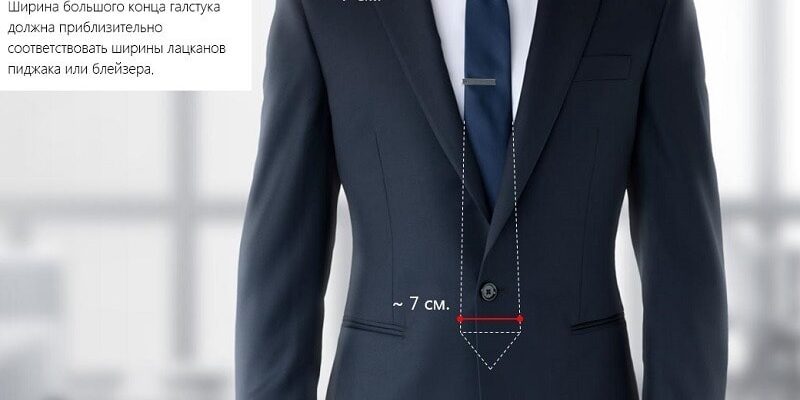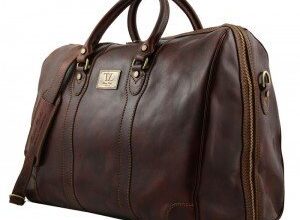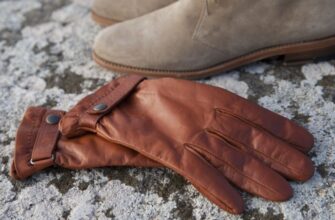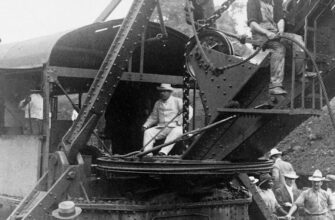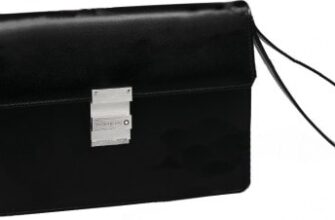When buying any accessory, most men tend to buy a quality product. Many people want, but not everyone understands what criteria distinguish a high-quality product from a low-quality one. It just so happens that a tie is the most common accessory for men. Therefore, it is important to know how to buy a quality tie, and what to look for when shopping in a store.
Although the tie is not the main detail of the men's wardrobe, nevertheless, people often pay attention to the tie. Being face to face with the interlocutor, a colored element catches our eyes, which stands out against the background of a shirt and a suit. It also happens the other way around, when a tie merges with a shirt or suit, but these are only special cases.
When you pick up a tie, tie it correctly and add a pocket square, then most people will focus and notice only accessories, only then a suit, shirt, shoes, watches, and so on.
Obviously, a tie must be of good quality, so as not to hit the face in the dirt. For more than a century and a half of the modern history of the tie, many companies and designers have learned how to make it of very high quality. However, how can you tell a bad tie from a good one?
We have collected 7 important characteristics that can show whether a tie is good or not. Paying attention to the details, you will not buy a tie that will fall apart after the first ten knots and will last for a long time.
Proportion
Like most things in a man's wardrobe, ties come in all shapes and sizes. It is very important to choose a tie that is appropriate in width and length, based on your body type and height. To find the recommended tie length, use our tie length calculator.
The width of the tie is matched to the lapels of a jacket or blazer. The bottom line is simple: the width of the lower part of the tie (widest part) should be equal to the widest part of the lapel of the jacket. By not observing this conformity, you risk introducing an imbalance in your outfit. Just imagine if a large man was to tie a thin tie no more than 5 centimeters wide. It will look like a rope around your neck, not a tie.

Slip lock stitches
One of the important details on the tie is the slip lock stitches on the bottom and top of the tie. With the inside of the tie facing you, note the joint between the two halves of the fabric. Are there stitches on the bottom and top of the tie? If so, this is a good sign of a good quality tie.
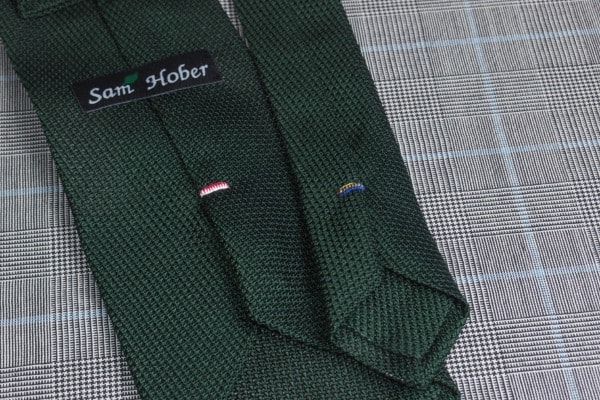
Basic functions of slip stitches:
- Keeps both sides of the tie together and does not allow separation in case you tighten the tie tightly;
- Helps keep the shape of the tie. After a few knots, the tie may “ripple” or deform. The stitches keep the tie from reshaping.
the cloth
The choice of quality fabric is the key to buying any piece of men's wardrobe. A tie is no exception. The best fabric for a tie is silk. There are several reasons for this:
- Silk is one of the most durable natural materials in the world. Despite the softness of silk, it is quite difficult to tear it. Silk is very pliable and elastic, pleasant to the touch.
- Silk fabrics retain their shape and are sufficiently resistant to wrinkling.
- A silk tie is easy to knot, which is a good property given the variety and complexity of some tie knots.
- Silk does not attract dust and dirt due to its smooth structure.
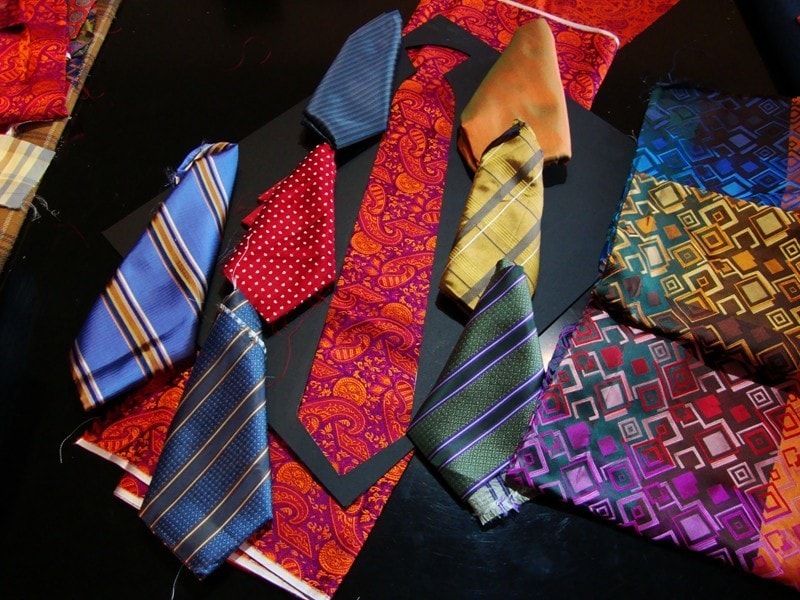
However, there are a few more fabrics to consider when shopping for a tie:
Wool or cashmere. Interesting ties in smart casual or casual styles are made from these fabrics, including knitted ties, which are very popular recently.
Cotton is a very cheap and very common material from which ties of different colors and patterns are sewn. For the most part, a cotton tie can be matched for both formal and casual styles.
For more information about the types of fabrics for a tie, you can find out in the article “What a tie is made of” on our website.
Holder on the back
Good ties should have a loop sewn on or a piece of fabric from which the tie is made. Its main purpose is to hold the narrow end of the tie so that it does not peek out over the wide end.
Sometimes, the function of the tie holder is performed by the manufacturer's tag. There are ties that have both a sewn-on piece of fabric and a manufacturer's tag, which is a good sign of a quality tie.
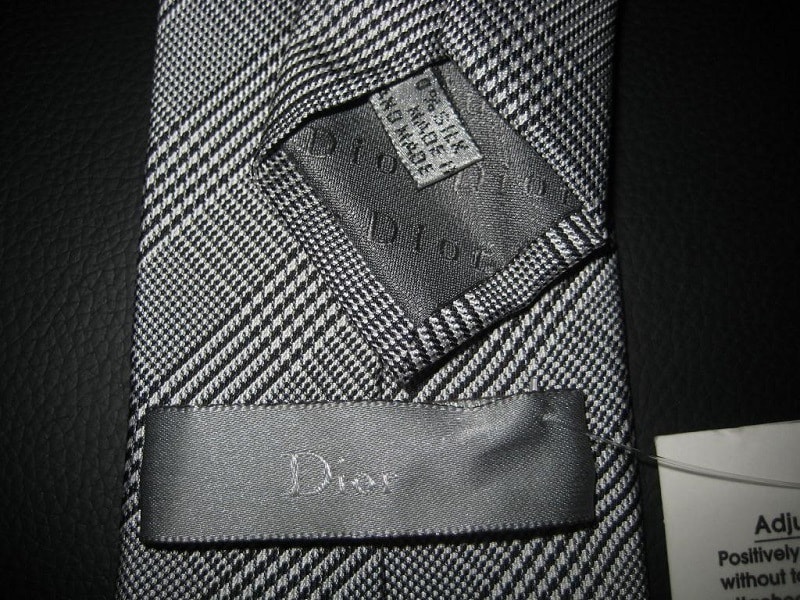
The envelope
When we talk about an envelope, we mean the base of the tie – its body. The envelope must consist of at least 3 parts:
- Proscene (wide end of the tie);
- Collar (central part that hangs around the neck);
- The back (narrow end of the tie).
Most modern ties are made of exactly 3 parts, as they are more comfortable on the neck, while not complicating the production and increasing the cost of the tie.
Expensive ties can be sewn not only from 4 or more pieces of fabric, but also have several layers of silk to keep the tie in shape. In an ordinary tie, to maintain shape, a thick piece of cotton fabric is used, which is much cheaper than several layers of silk fabric.

Seam, exactly 45 degrees
Well-made ties are made from fabric that has been cut diagonally at exactly 45 degrees. The angled material, after being tied around the neck, allows the fabric design to remain in its original horizontal design.
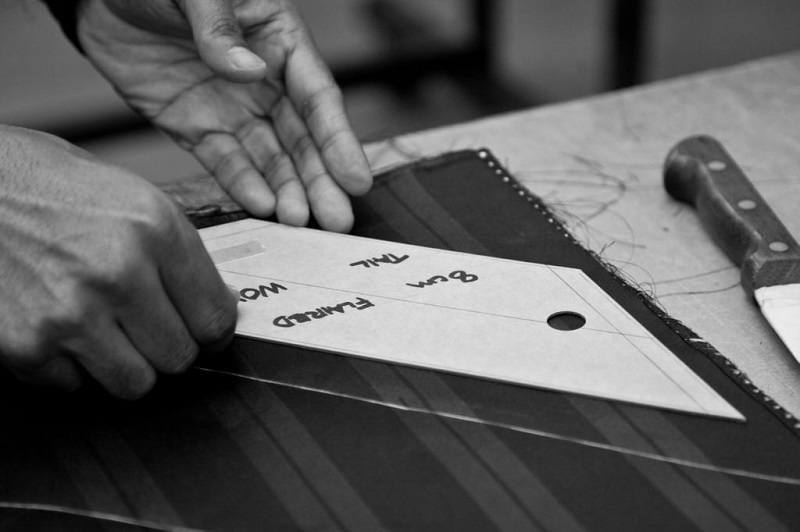
Some manufacturers save on production and initially make an oblique pattern, which is leveled after tying with a knot, while the seam is made even horizontally.
Other details of a quality tie
When determining the quality of a tie, you should also pay attention to the following details:
- Are all parts of the tie sewn on correctly, and does the pattern slide out like an incorrectly glued wallpaper.
- Are the folded parts of the tie smoothed down? Better ties are ironed or pressed very neatly so that all edges are folded evenly. In the long run, it helps keep the tie in shape.
- Are all parts of the tie well stitched? Is there lining and are they evenly sewn on? Are the threads coming out?
In addition, a tie should be tested for tension before purchasing. Place your tie on a flat surface. Press down on the tie where the knot is supposed to be and pull the short end slightly, thus stretching the tie. If you let go of the tie, it should come back without any problems. If this did not happen or he behaved suspiciously, sprung like an elastic band or did not come back, it is better to refuse to buy such a tie. I draw your attention to the fact that you do not need to use all the force. Stretch the tie moderately, not rip it.
Another test. Place a tie on a flat surface or hold it in your palm. Use a snail to twist the narrow end of the tie to about half the width. Let go of the snail. If the tie began to straighten, then it was sewn incorrectly, the fabric is under tension. Discard such a tie, otherwise it will lose its shape over time.
Finally
Now, I hope, you will not have any difficulties, and you will use the tips on how to buy a quality tie. Paying attention to the details, you can find a decent tie even from budget manufacturers. Now it will be difficult to fool you into offering a cheap tie of questionable quality, especially with tags of 100% silk, which, in fact, may be synthetic.

